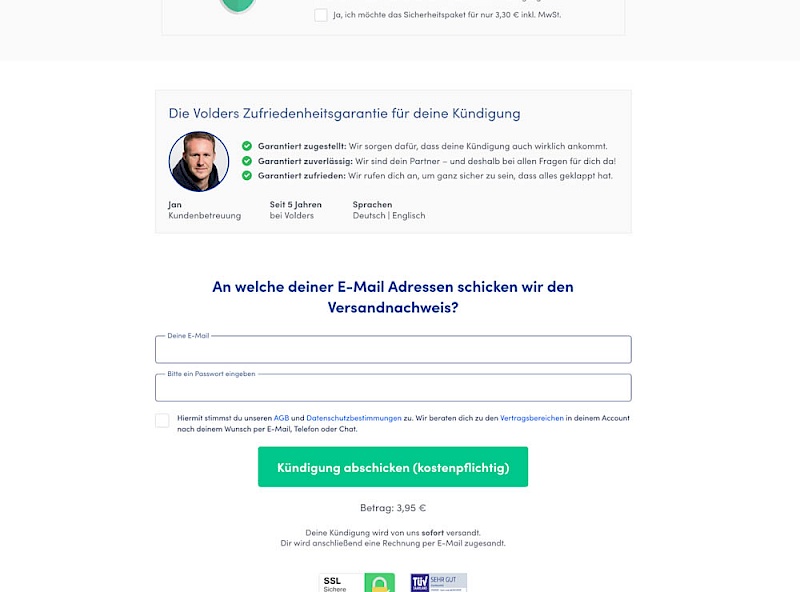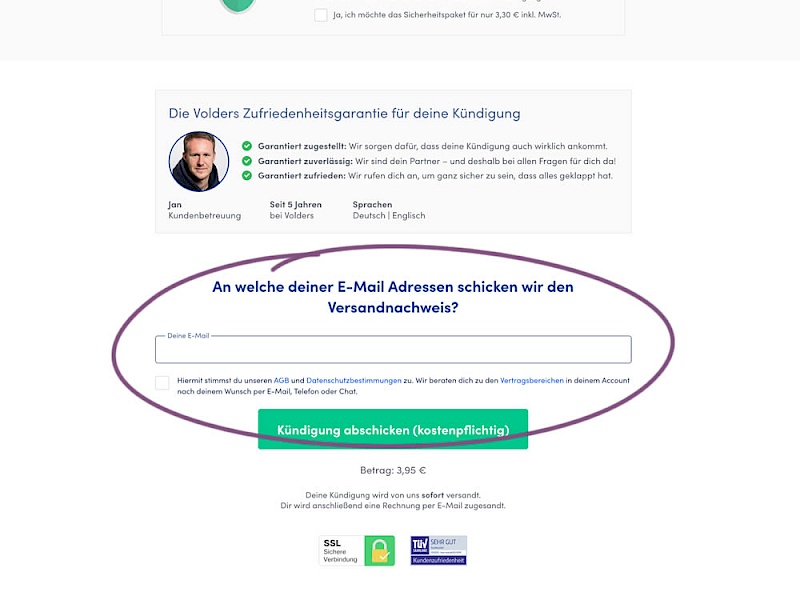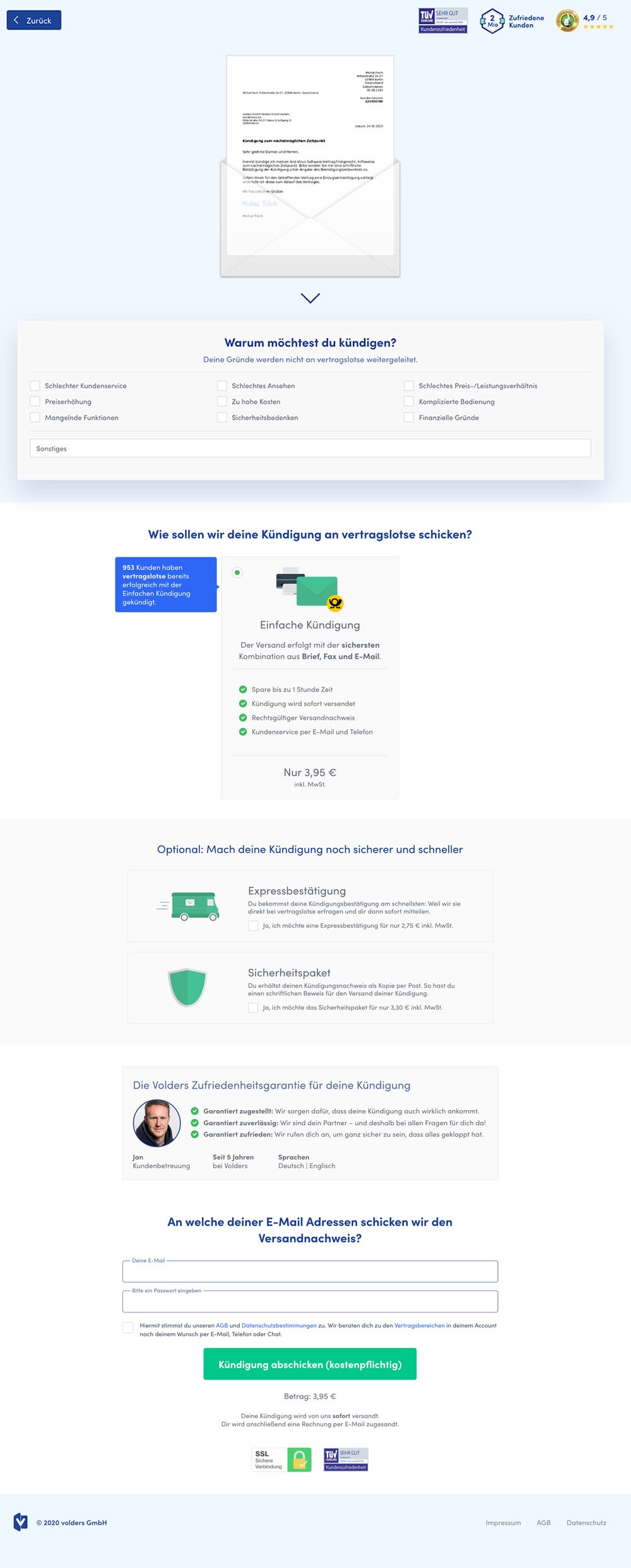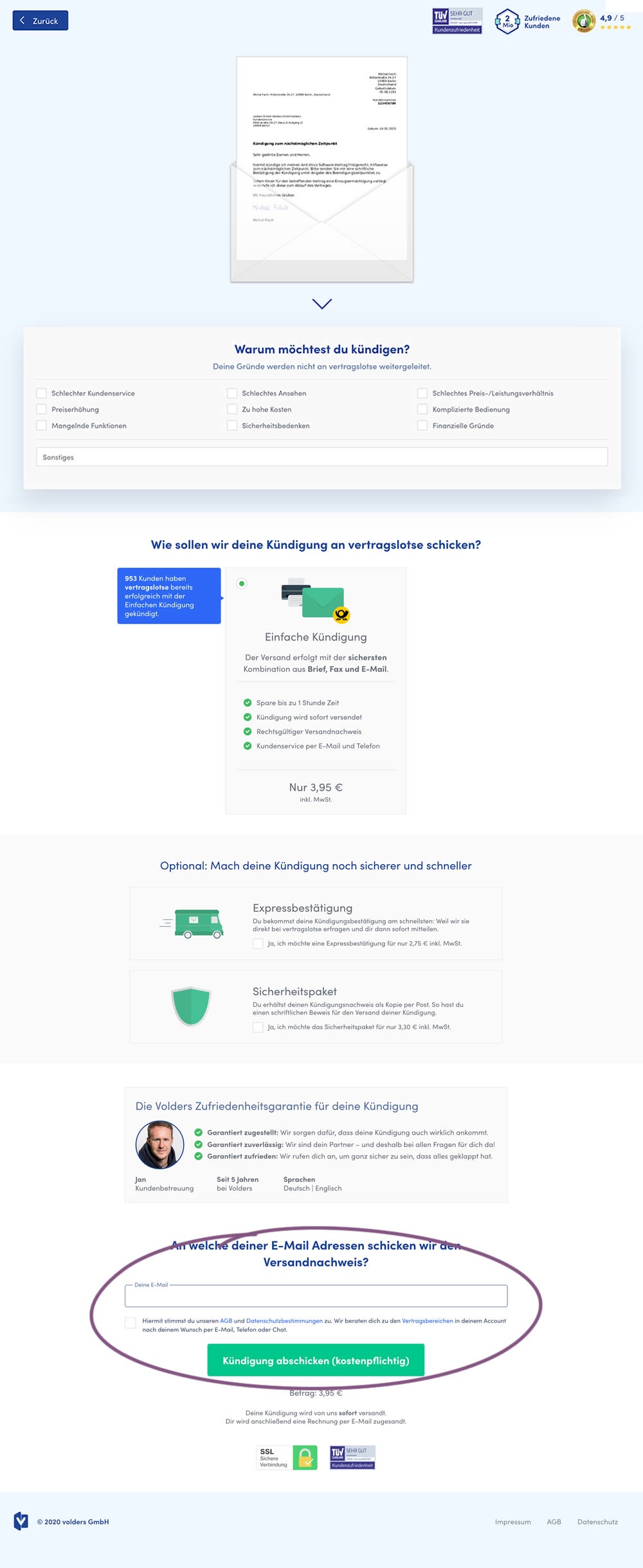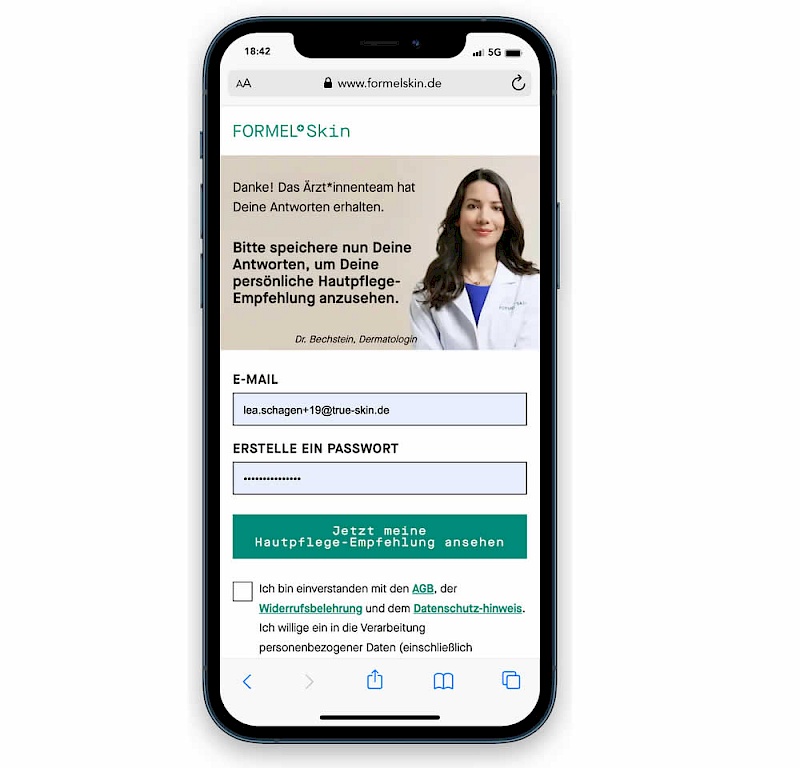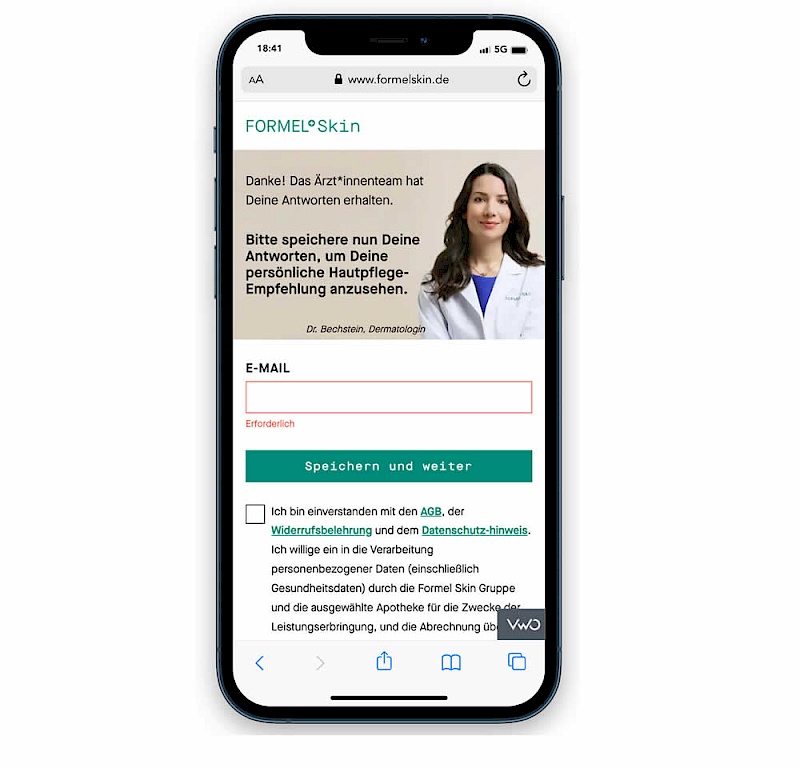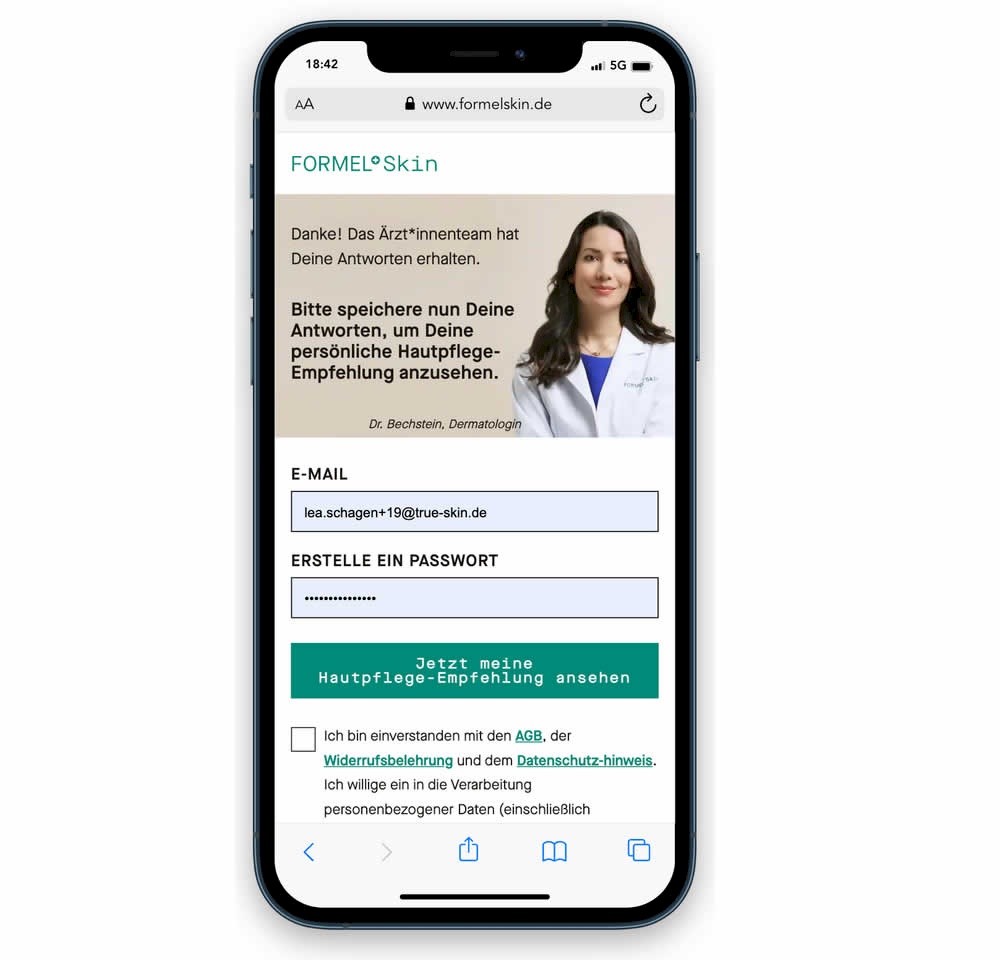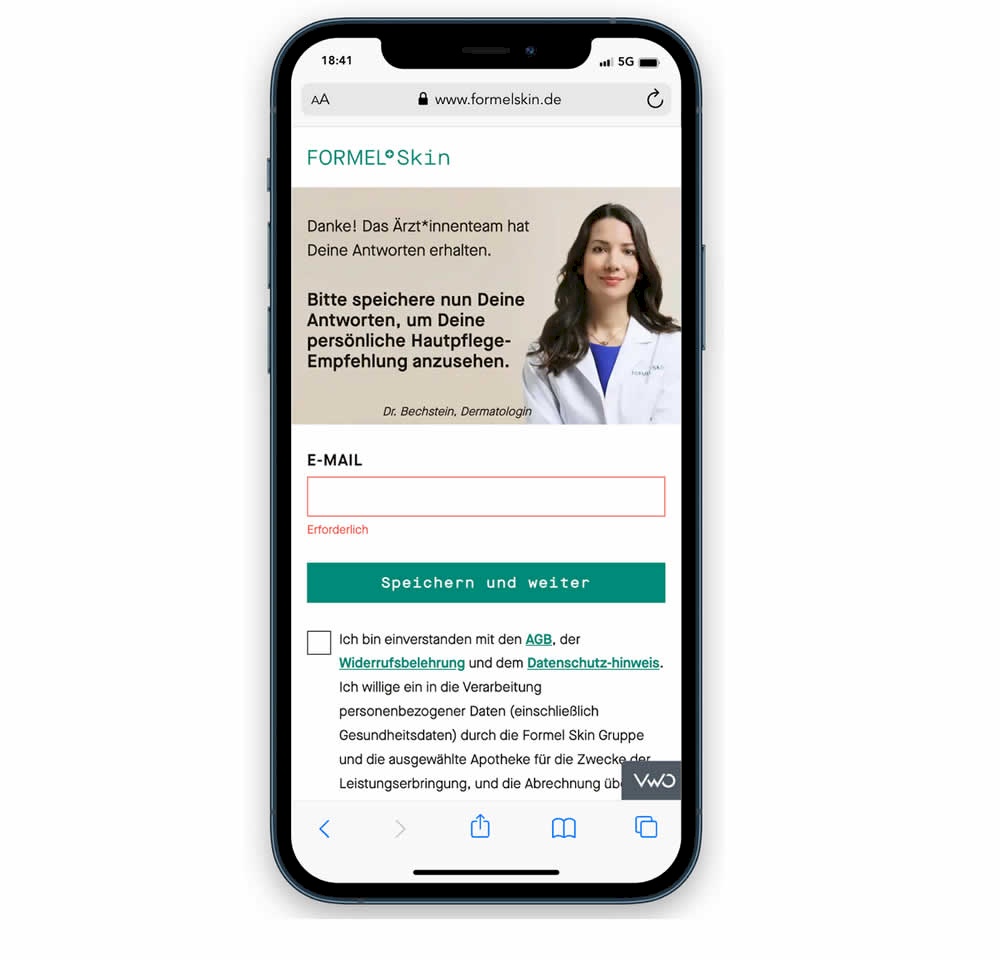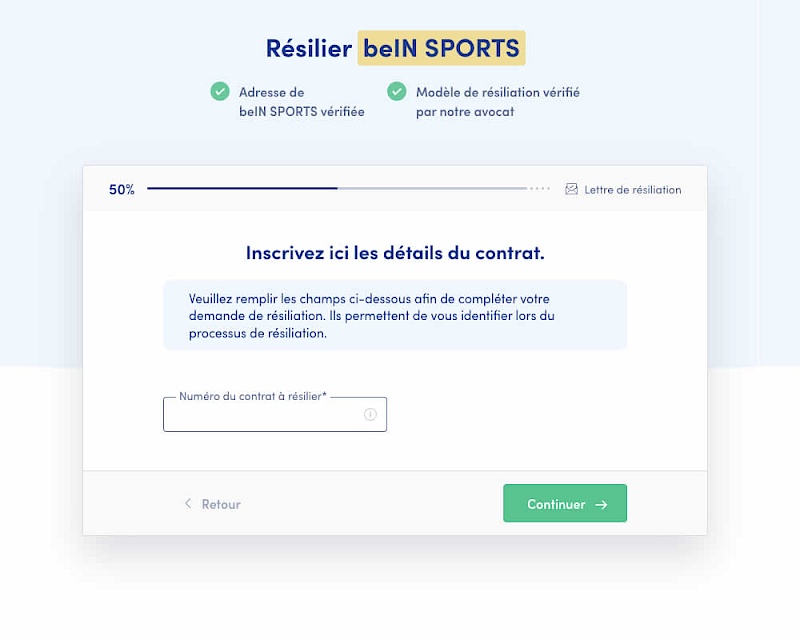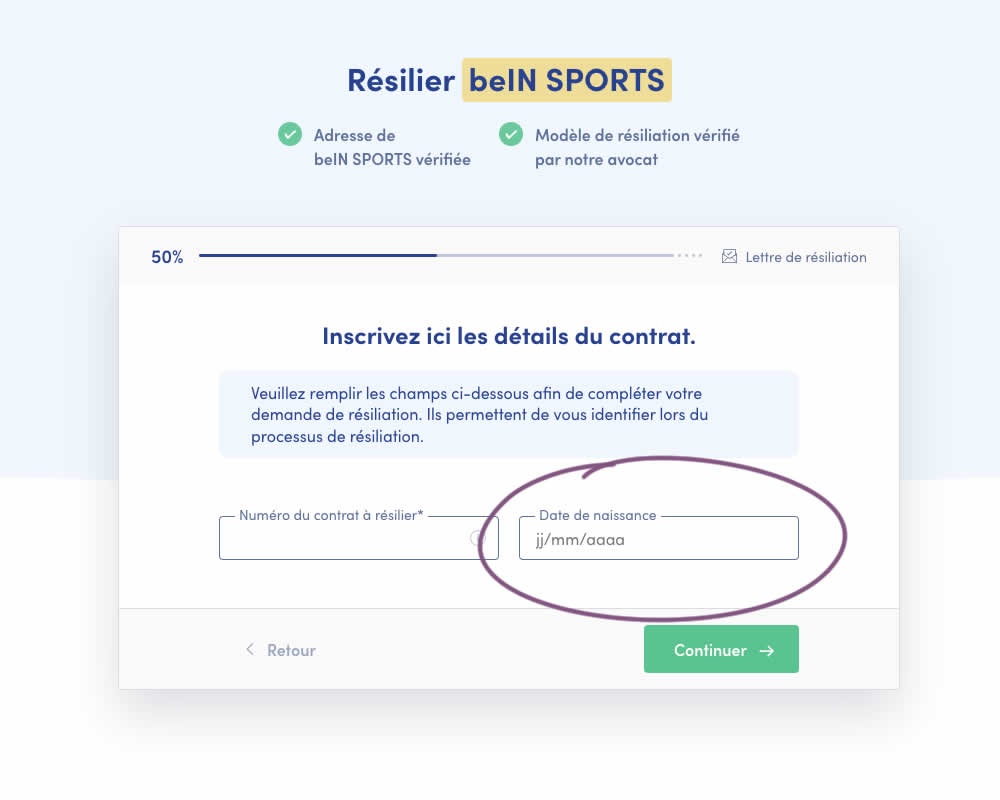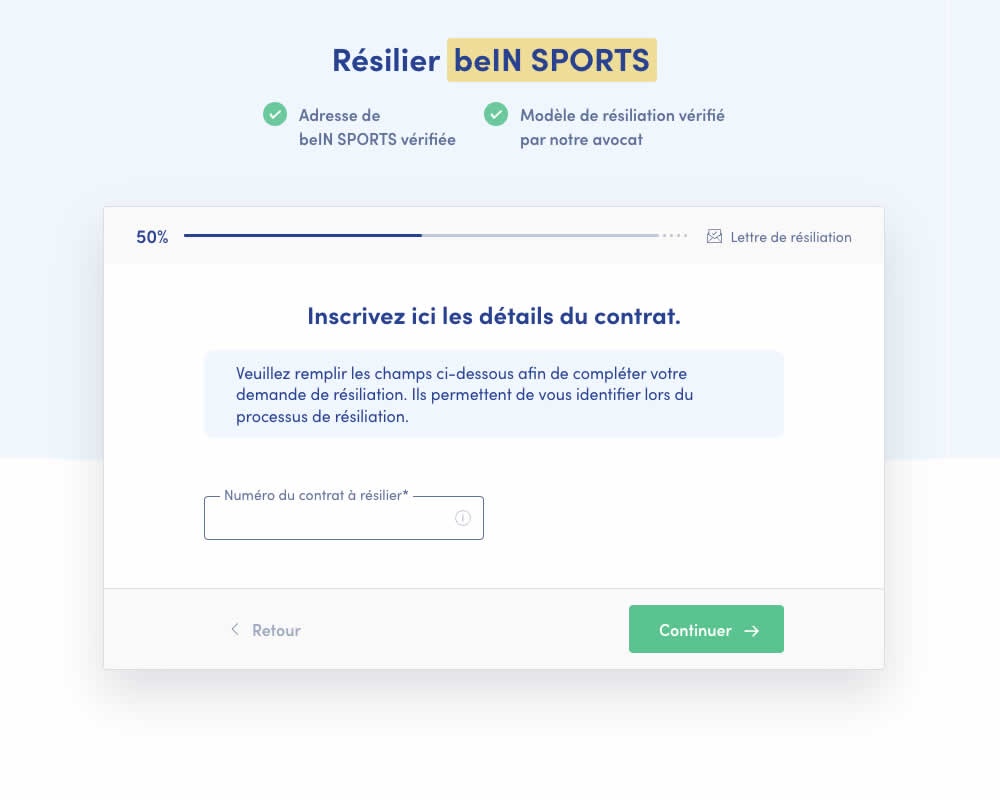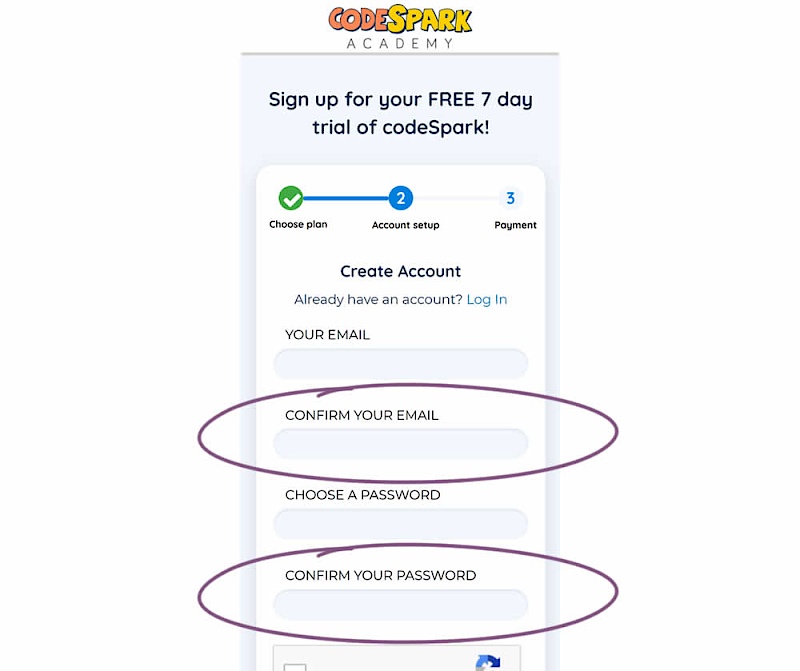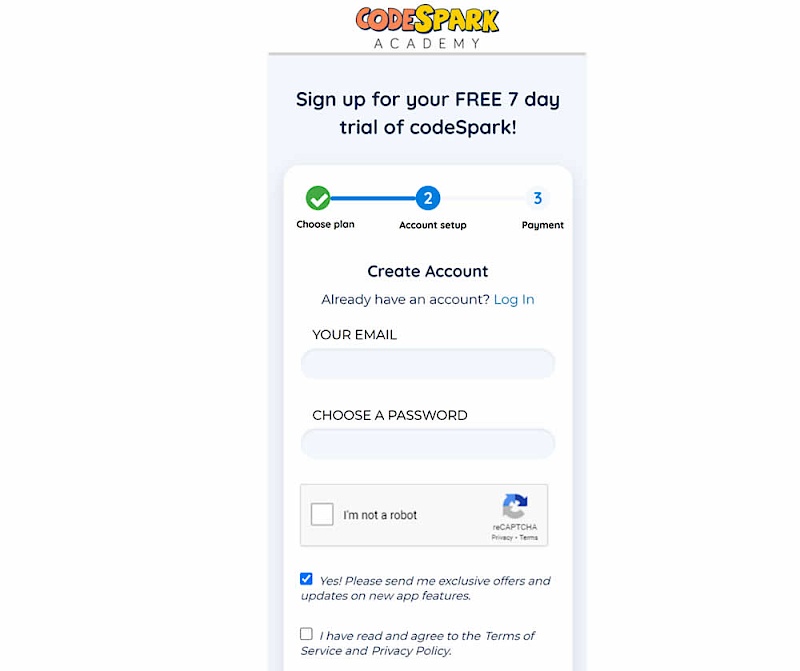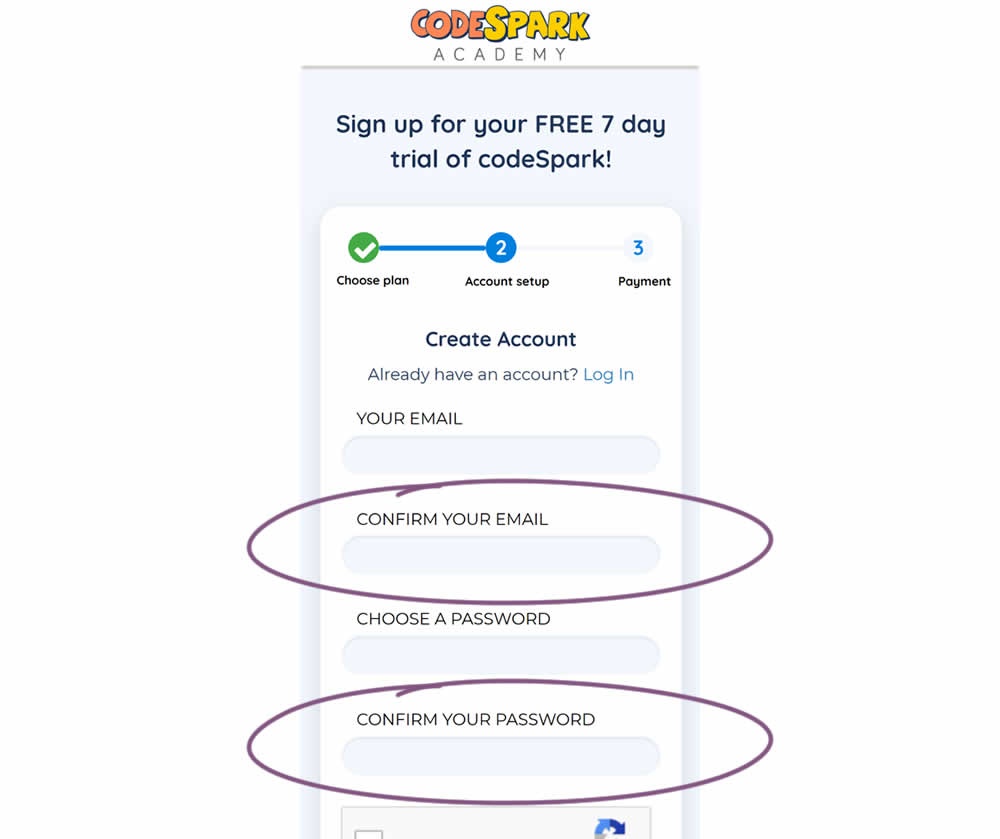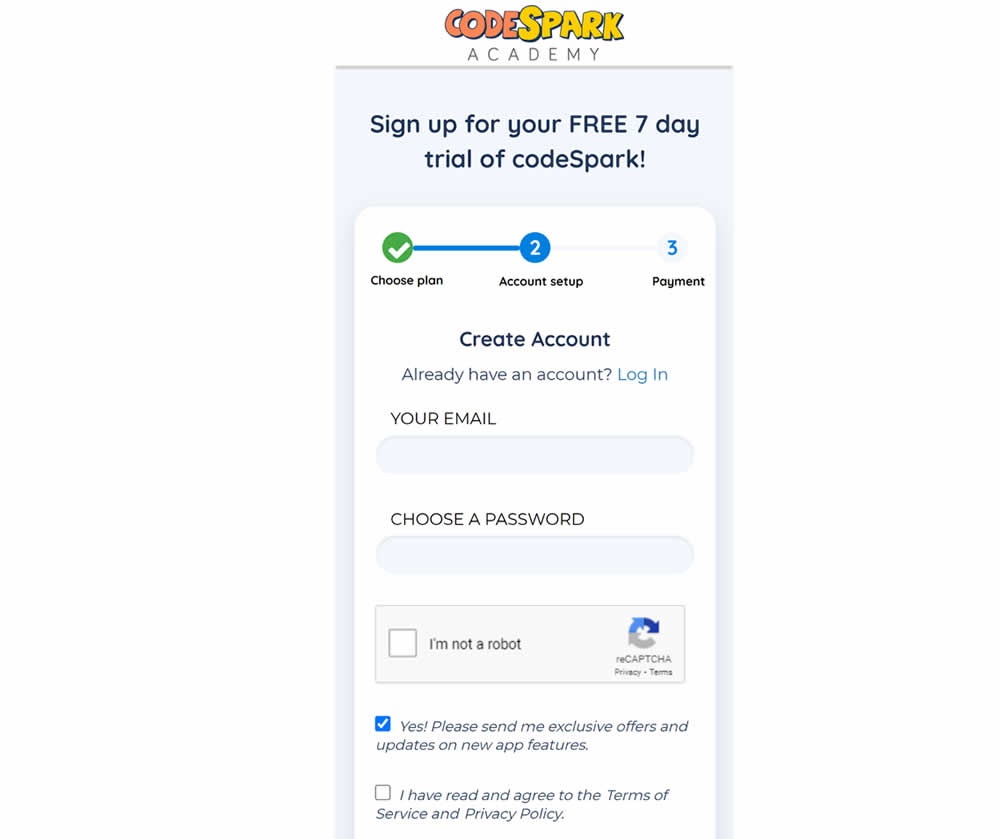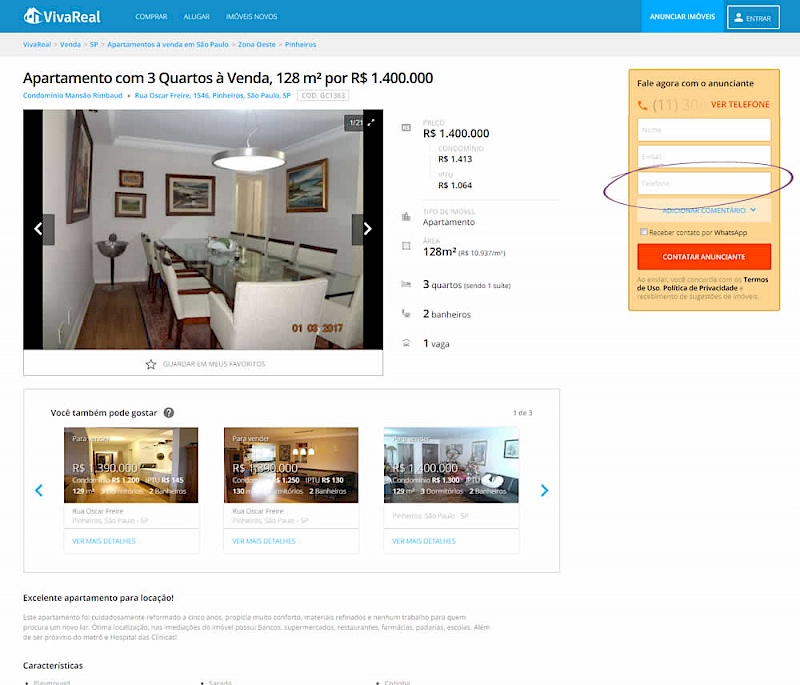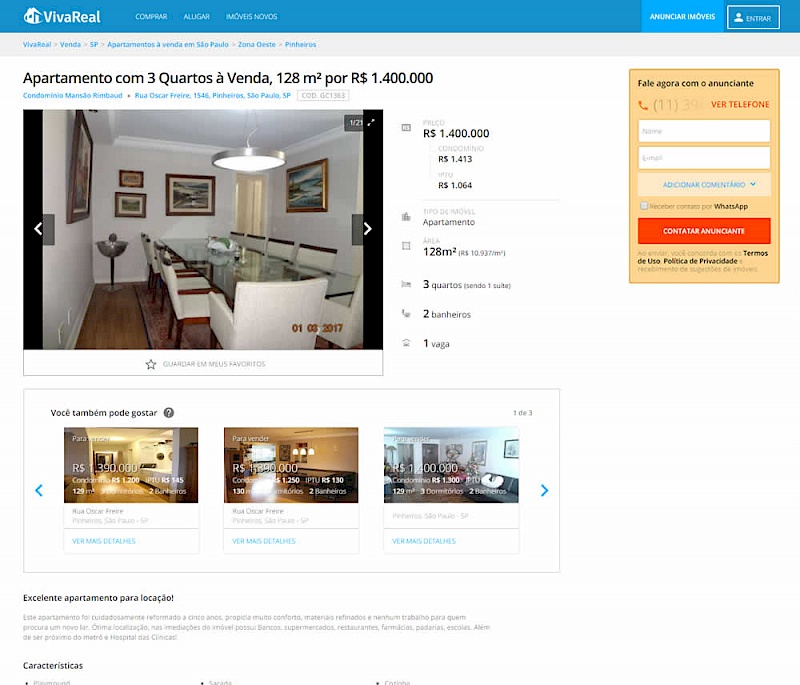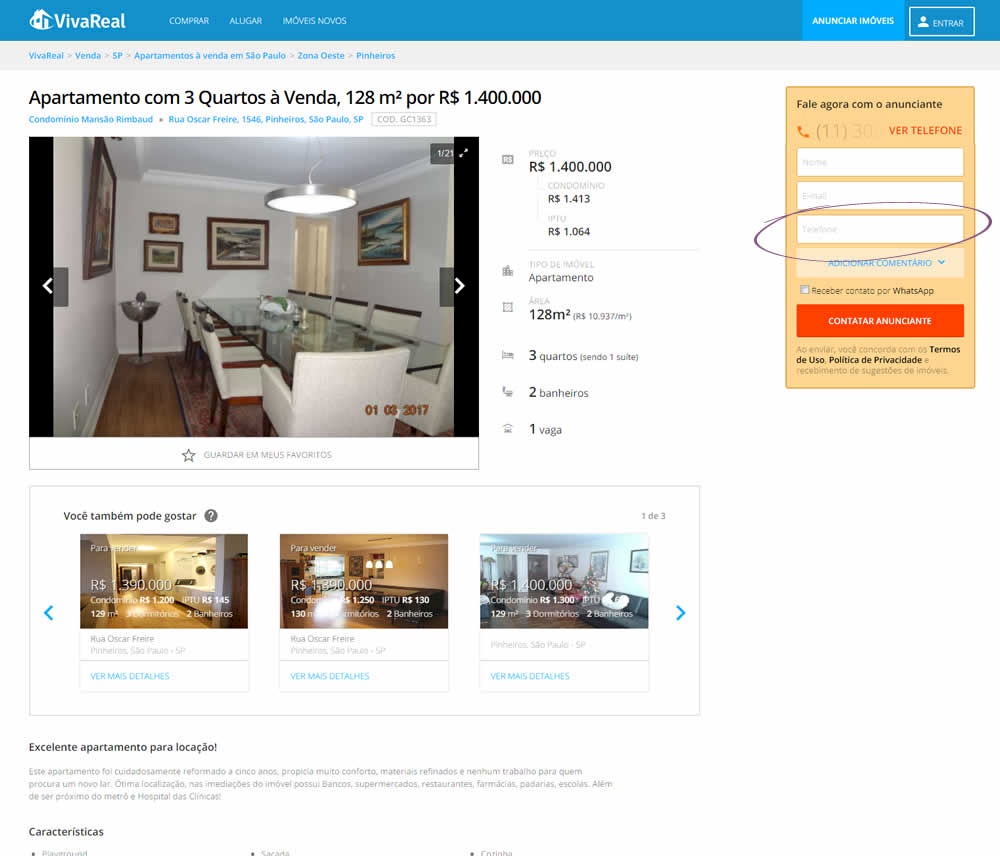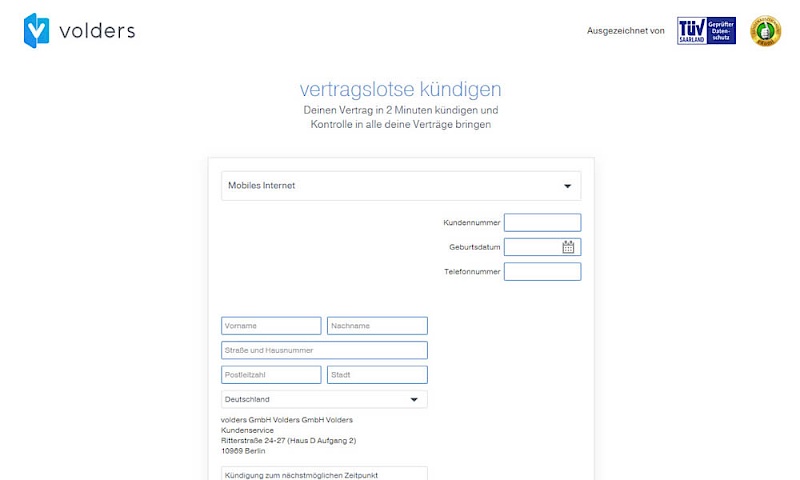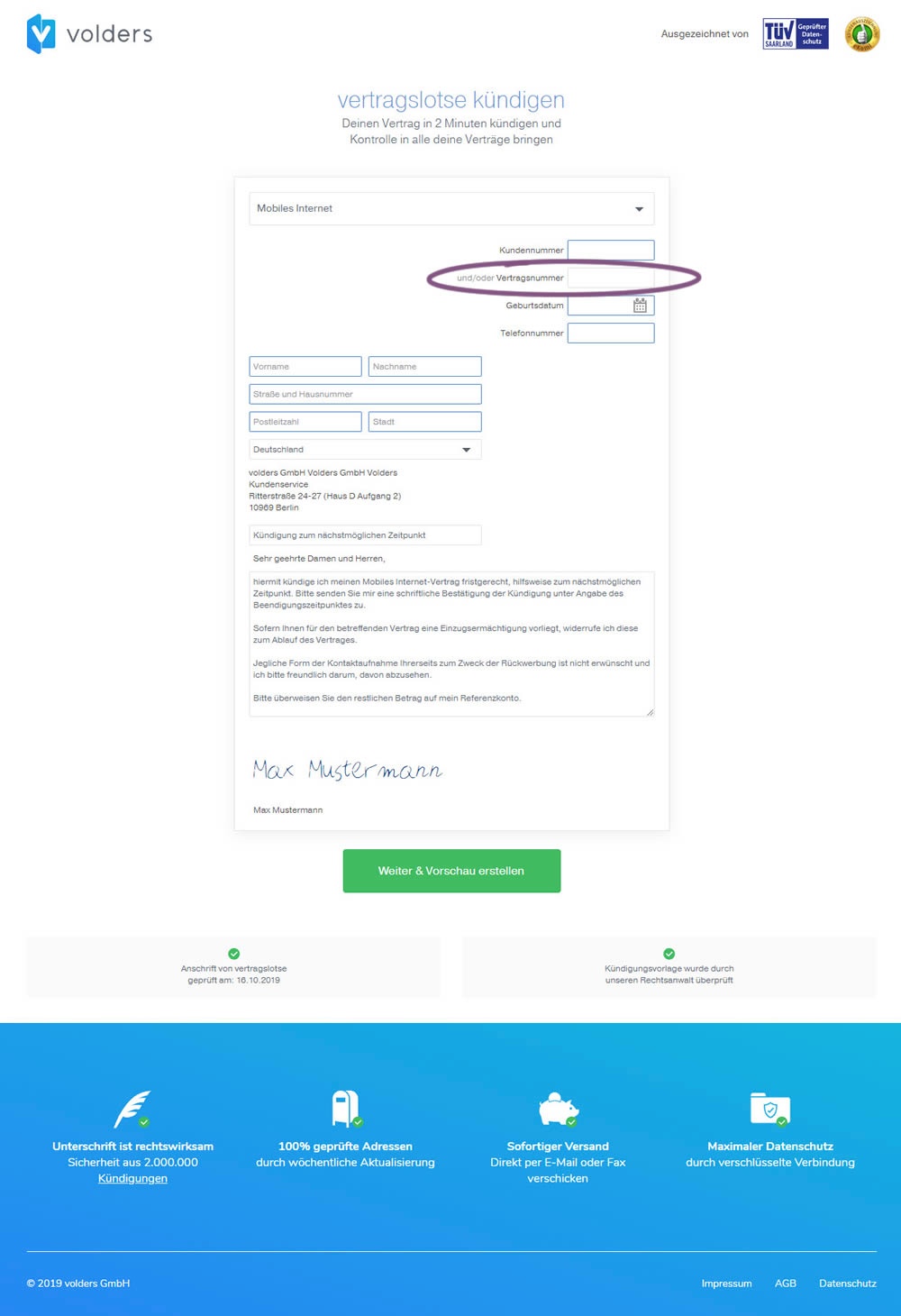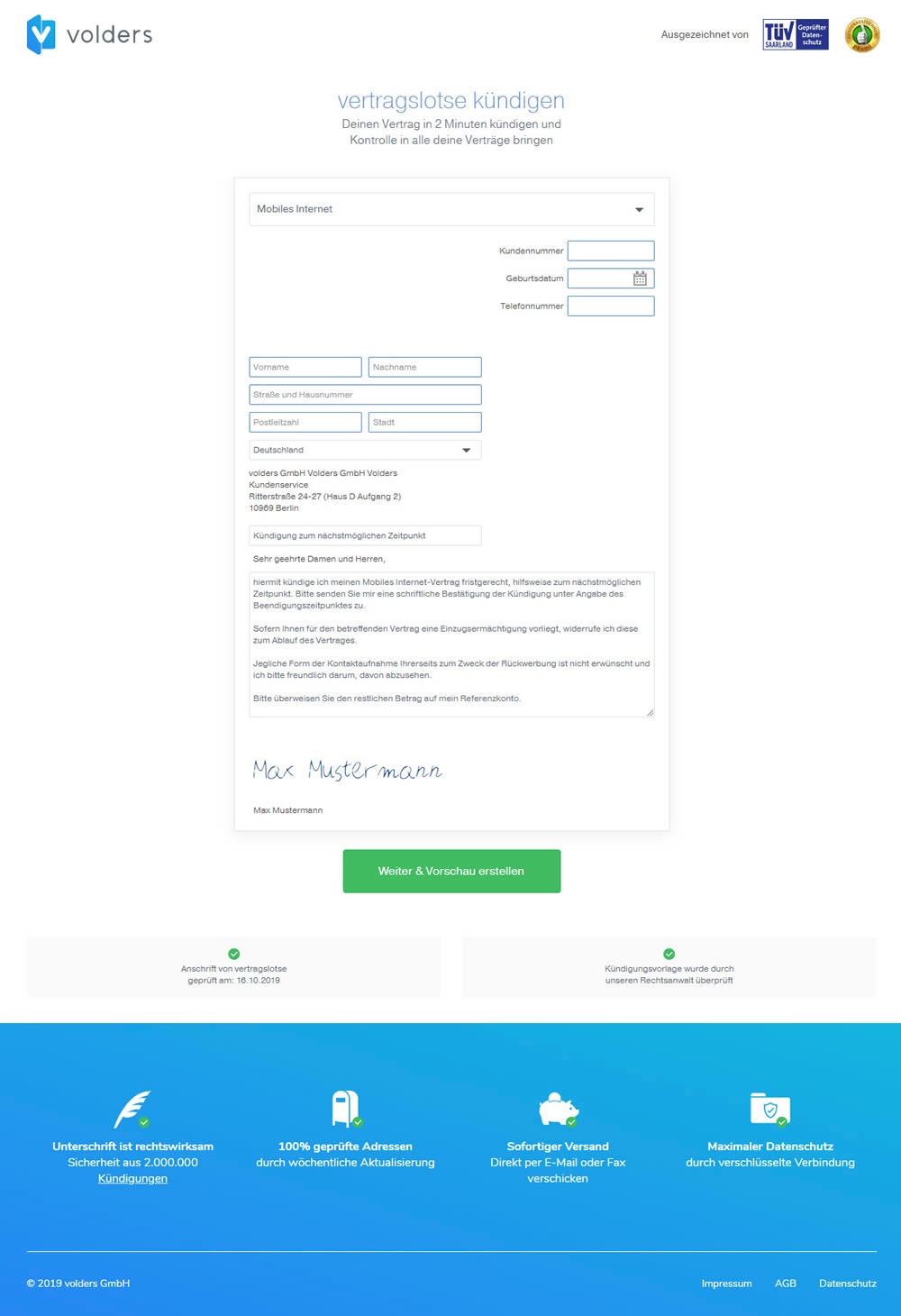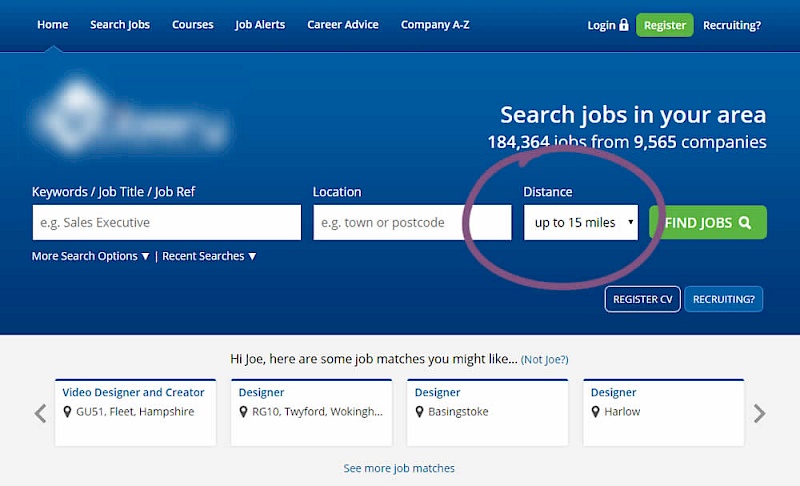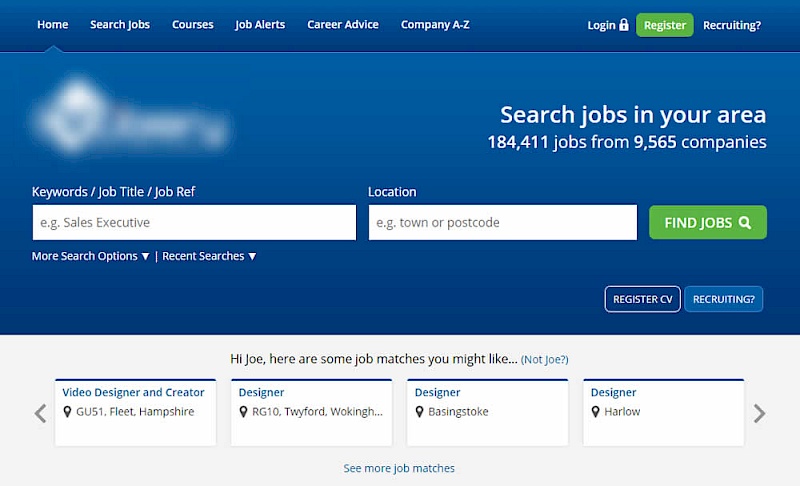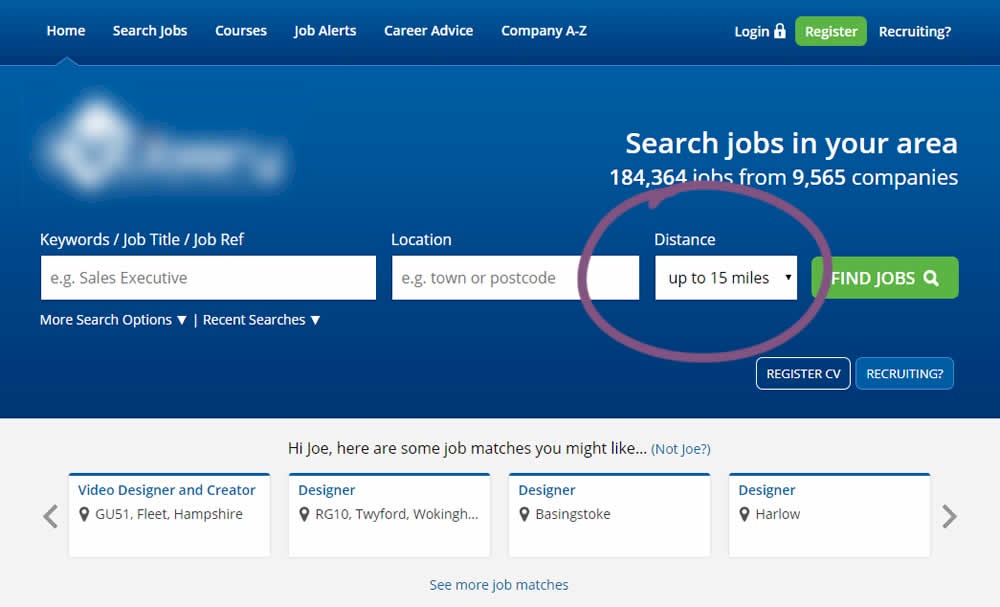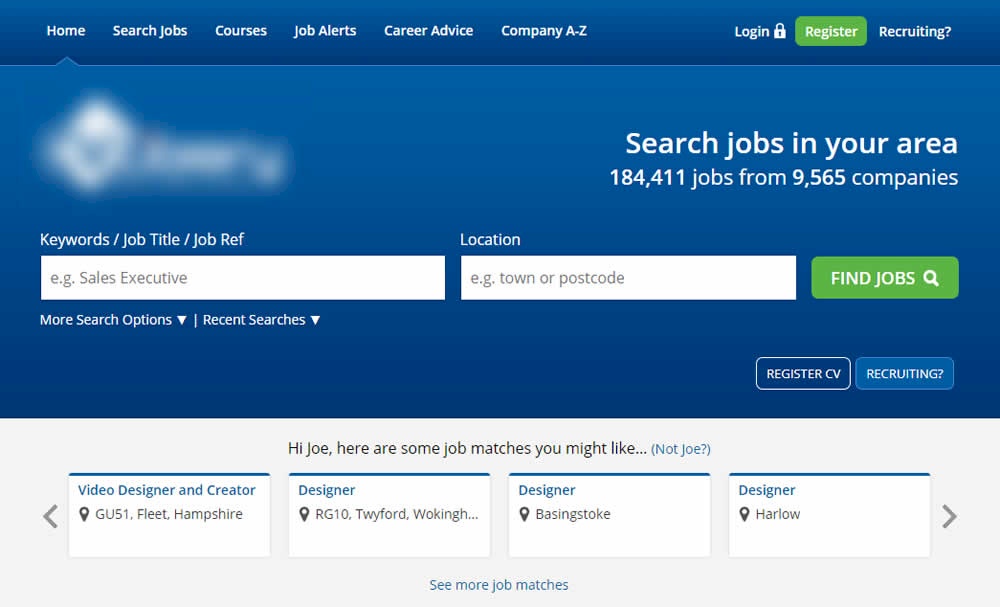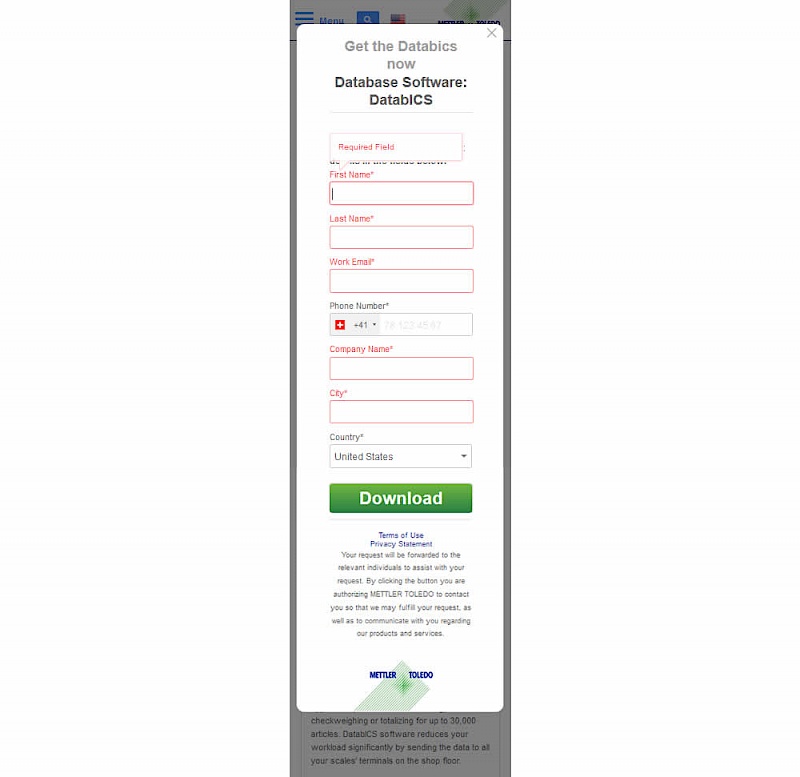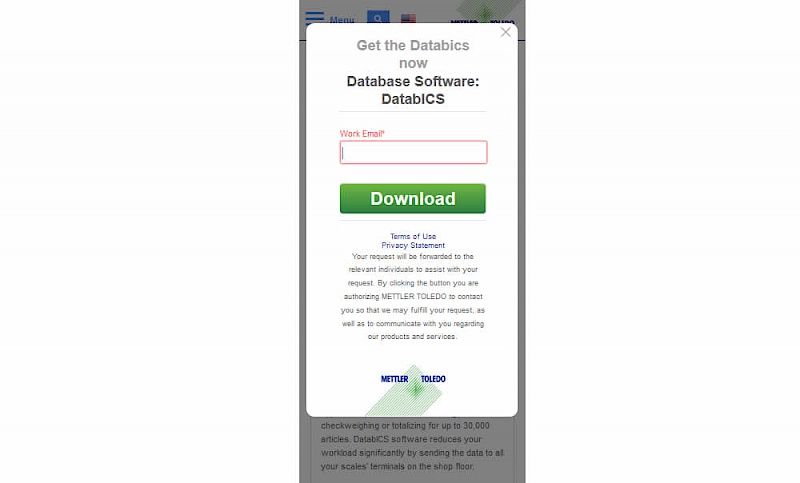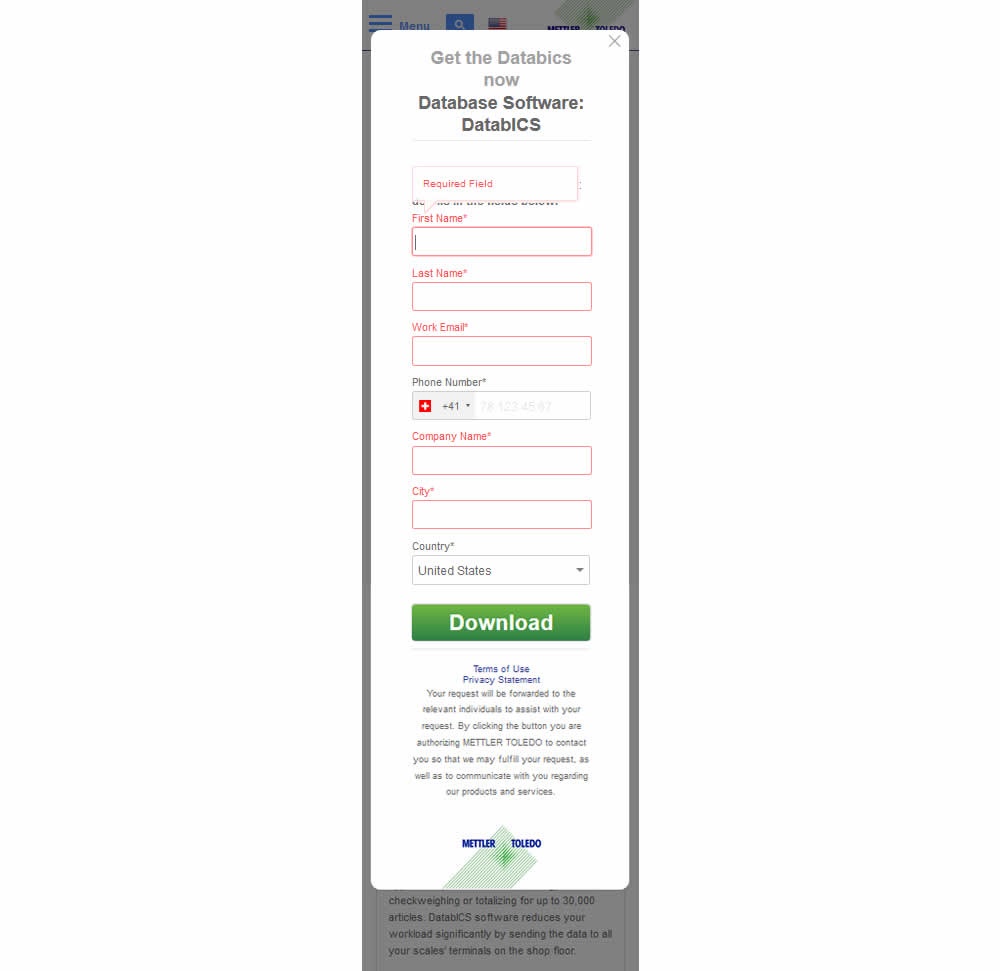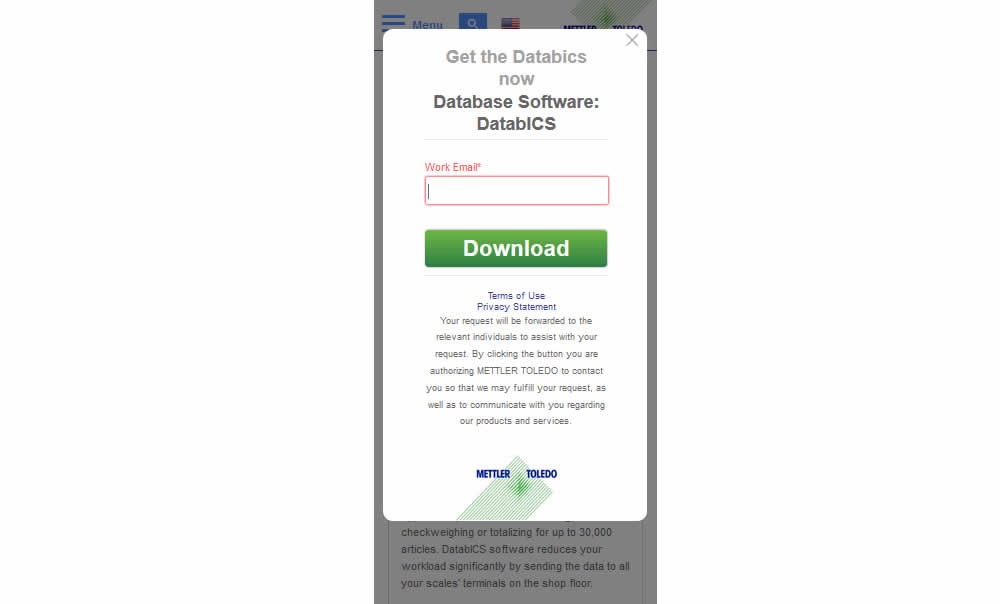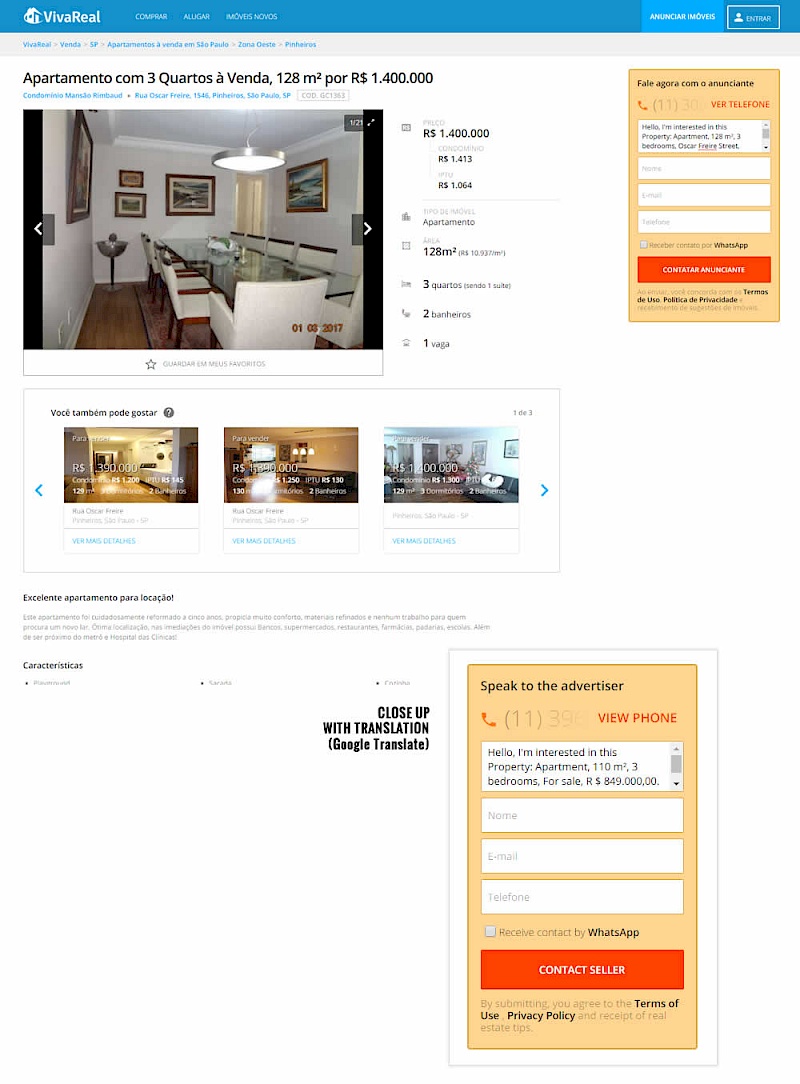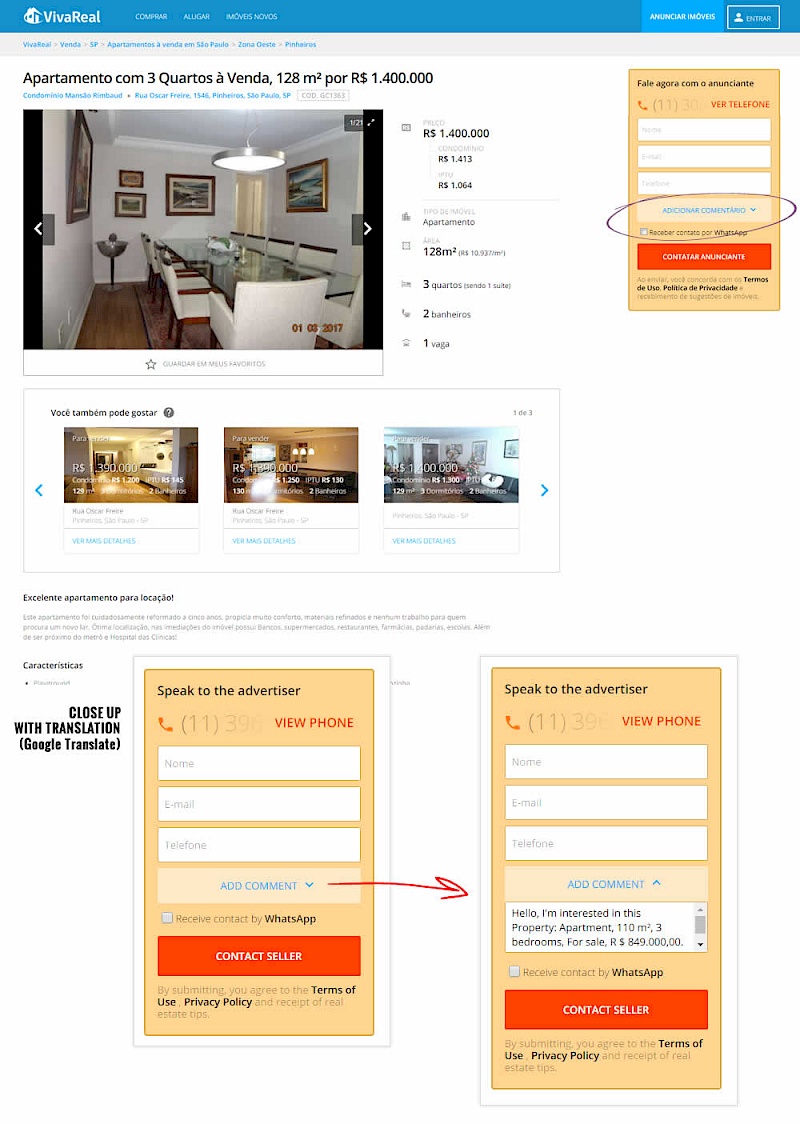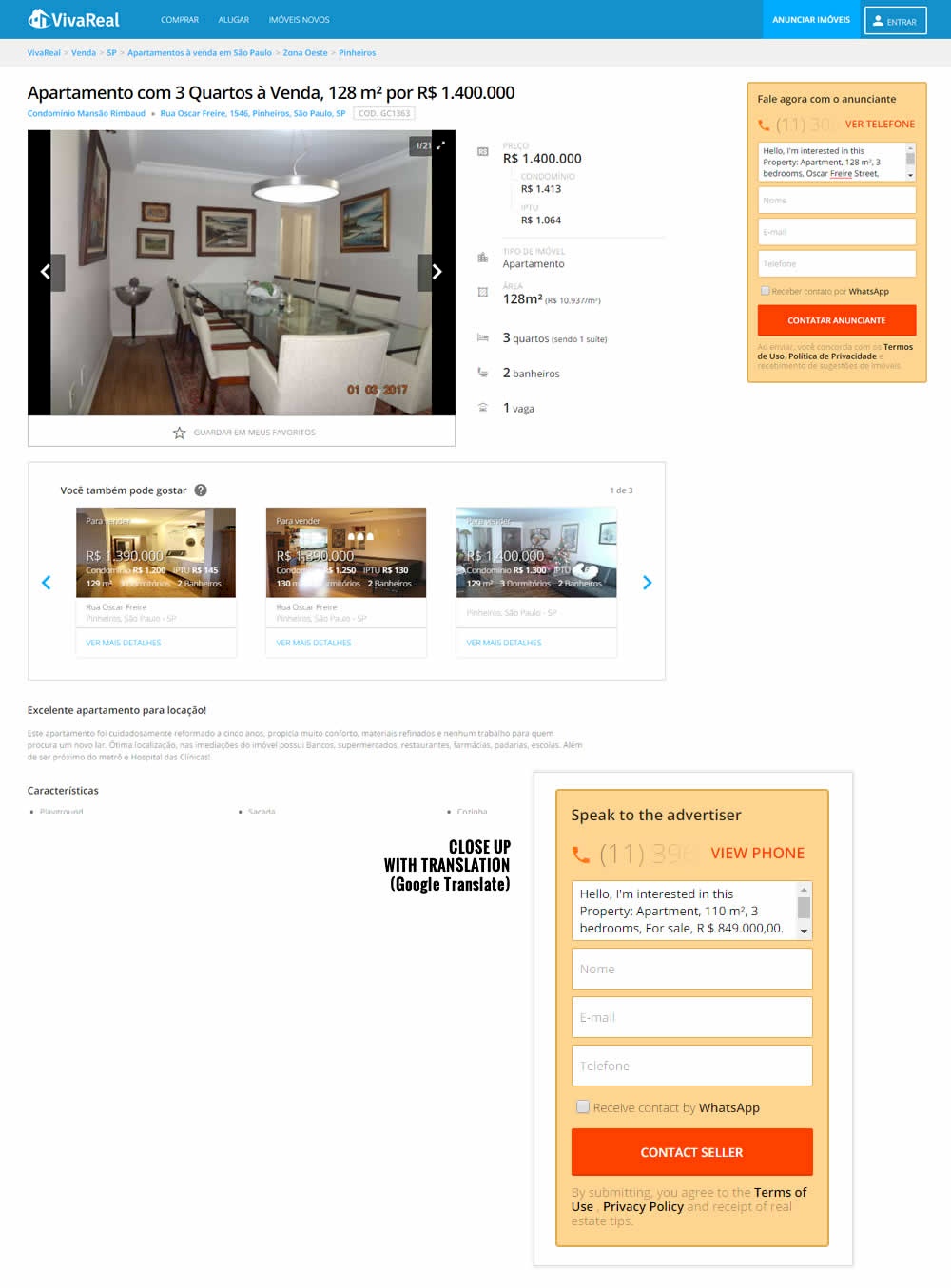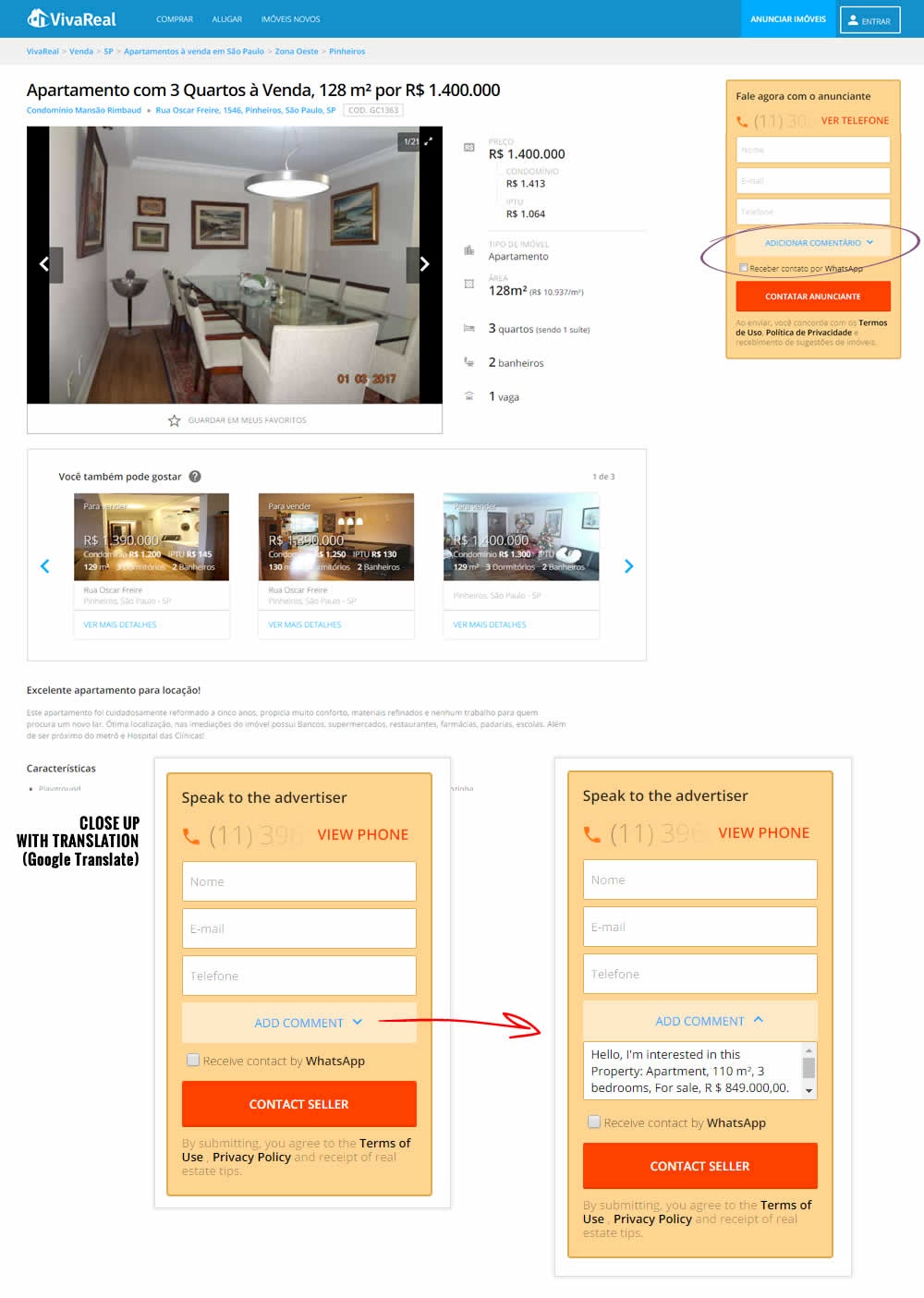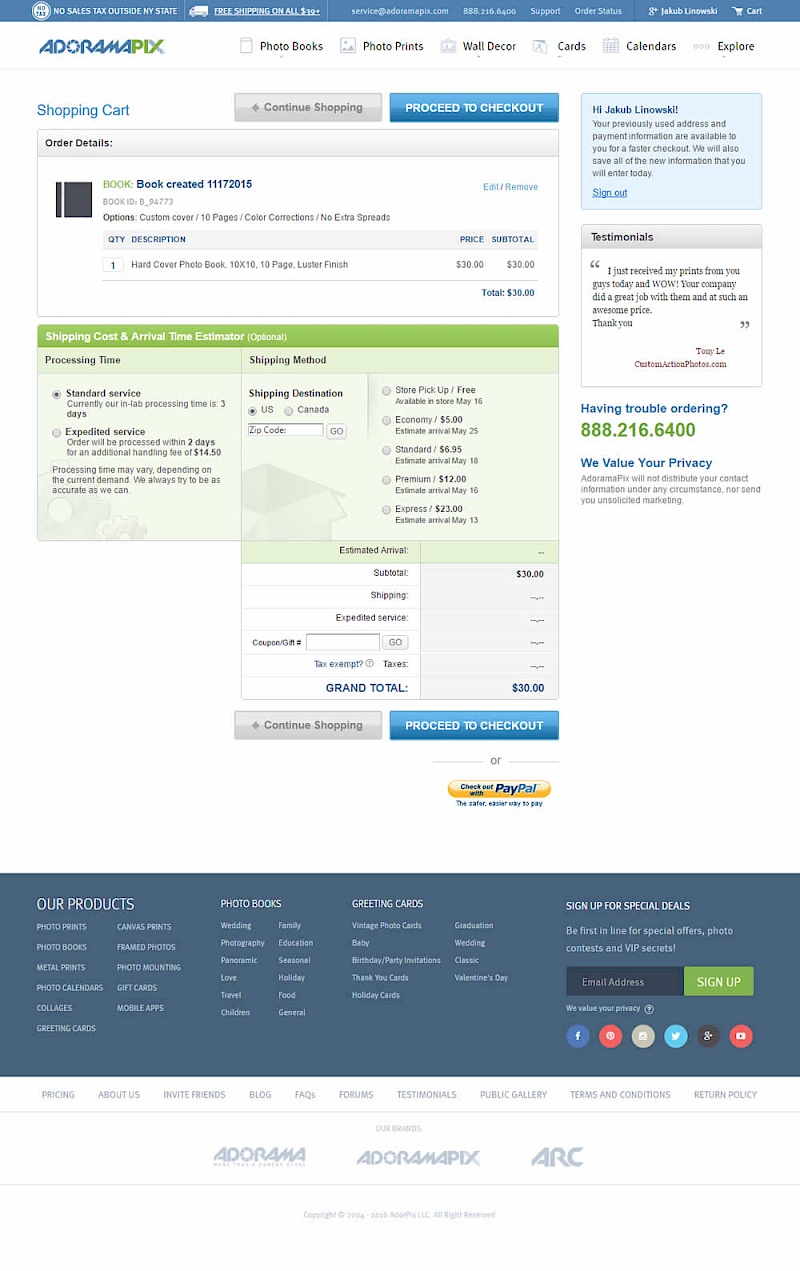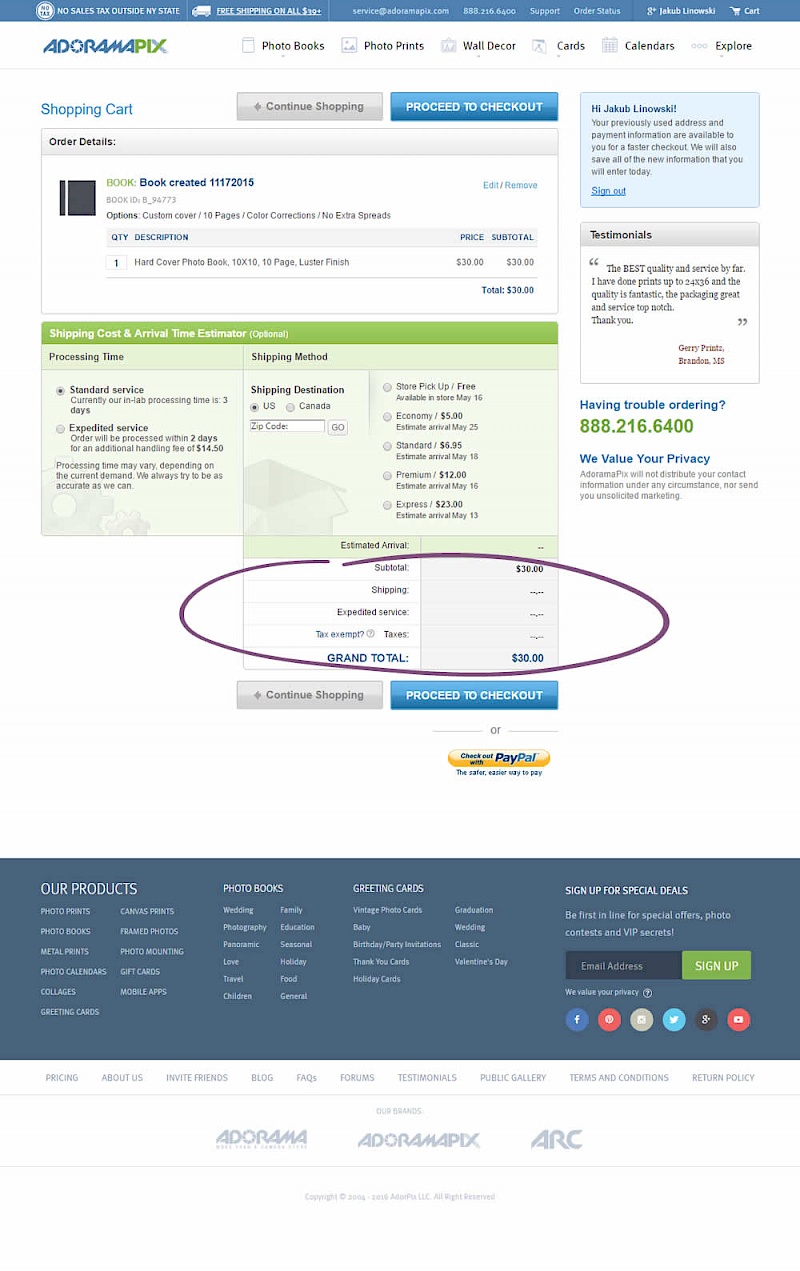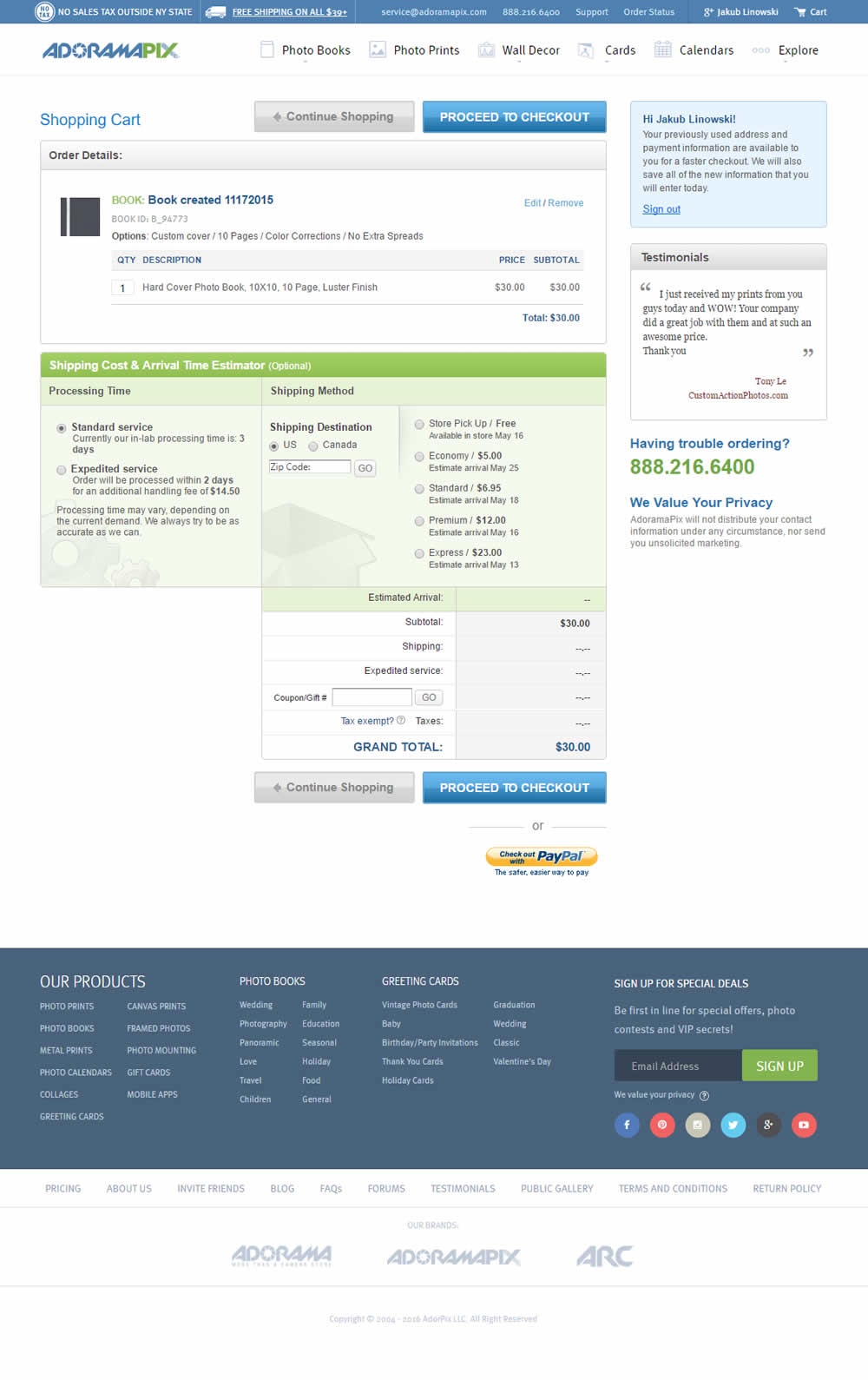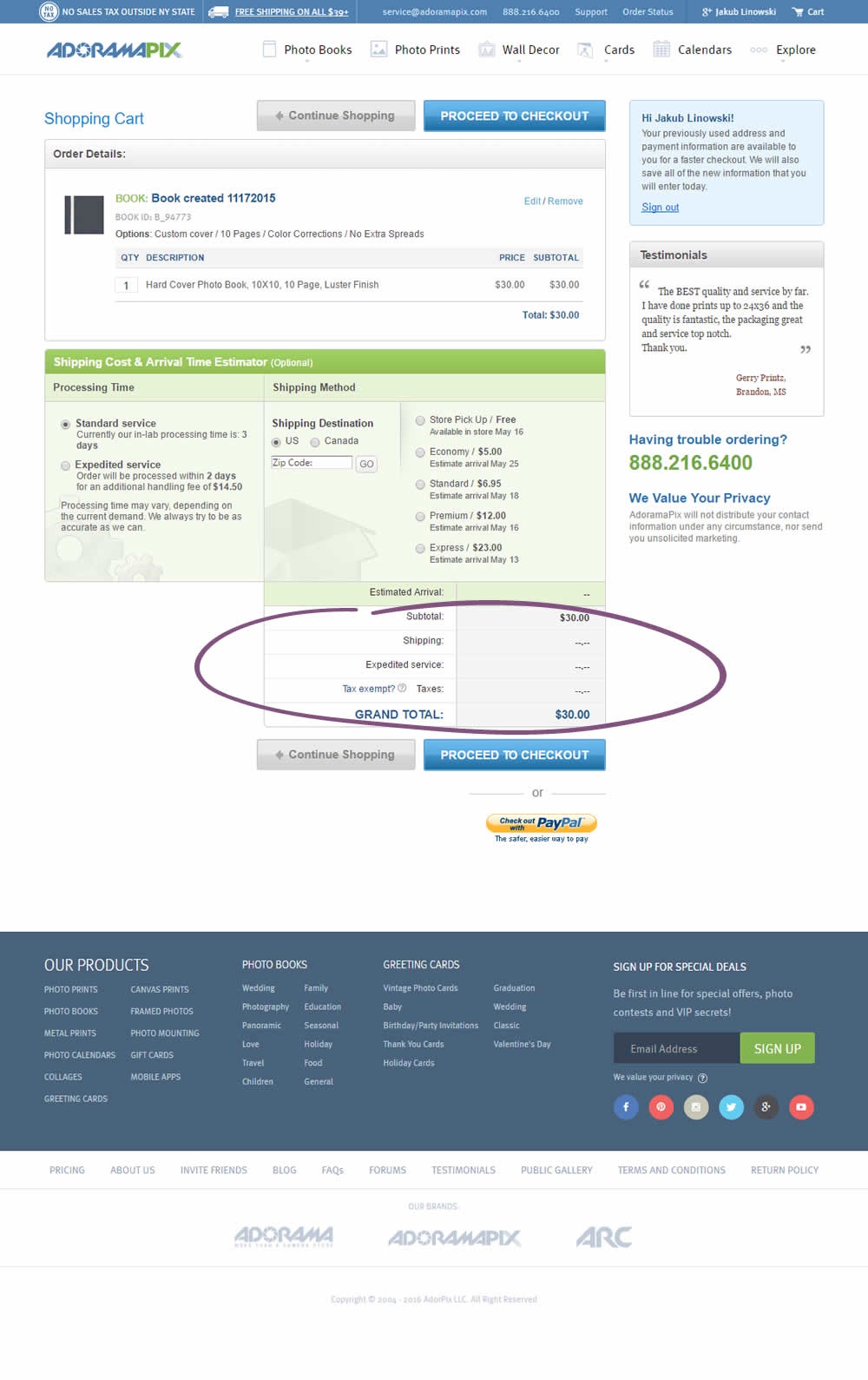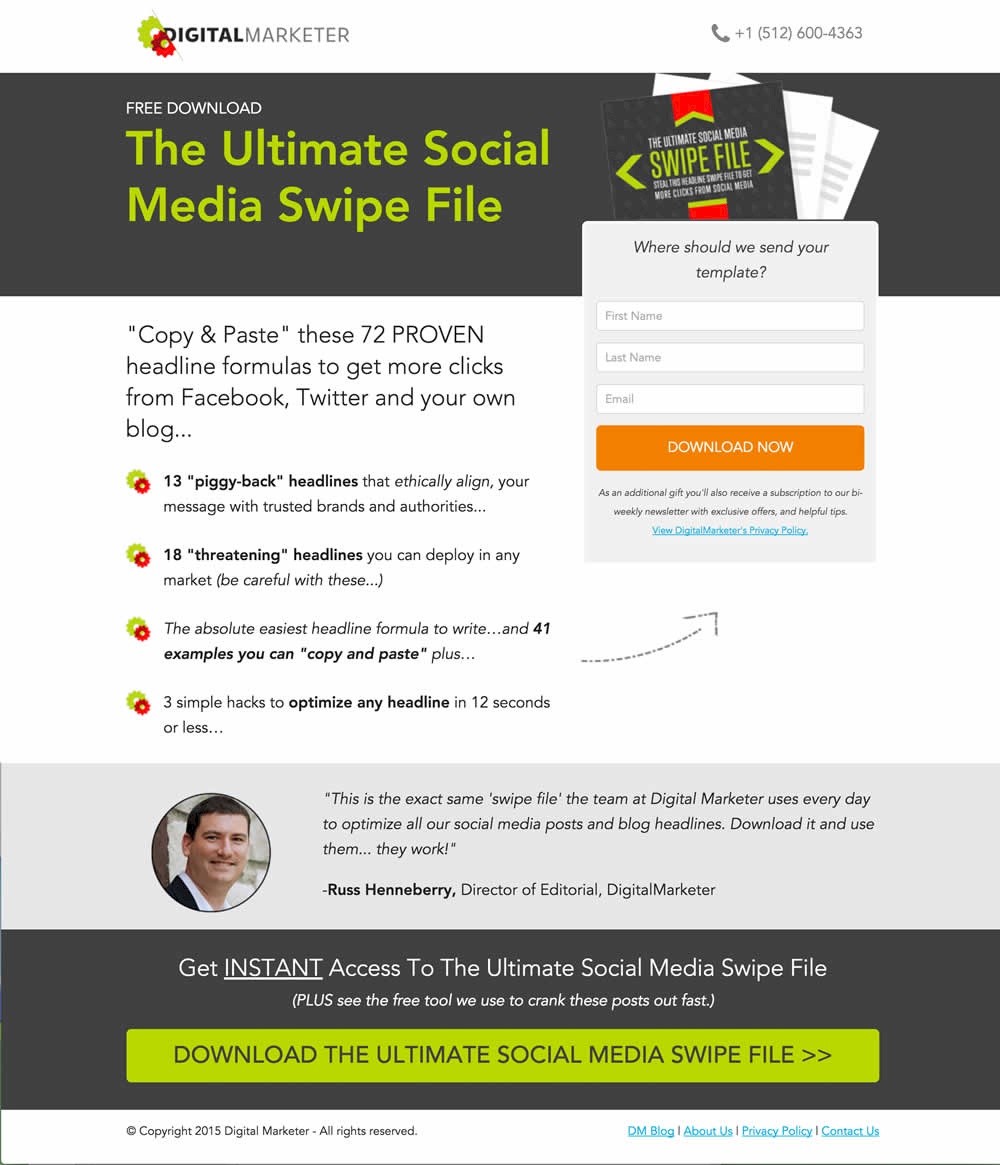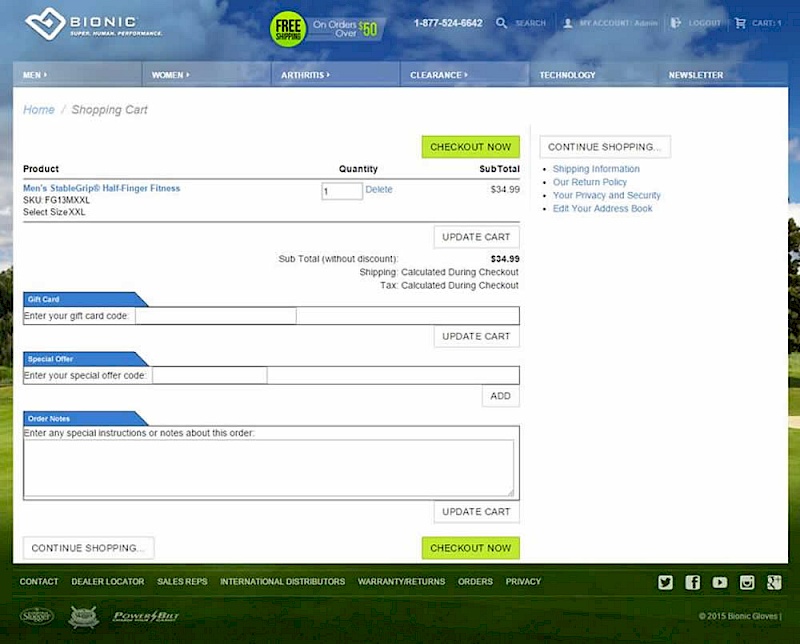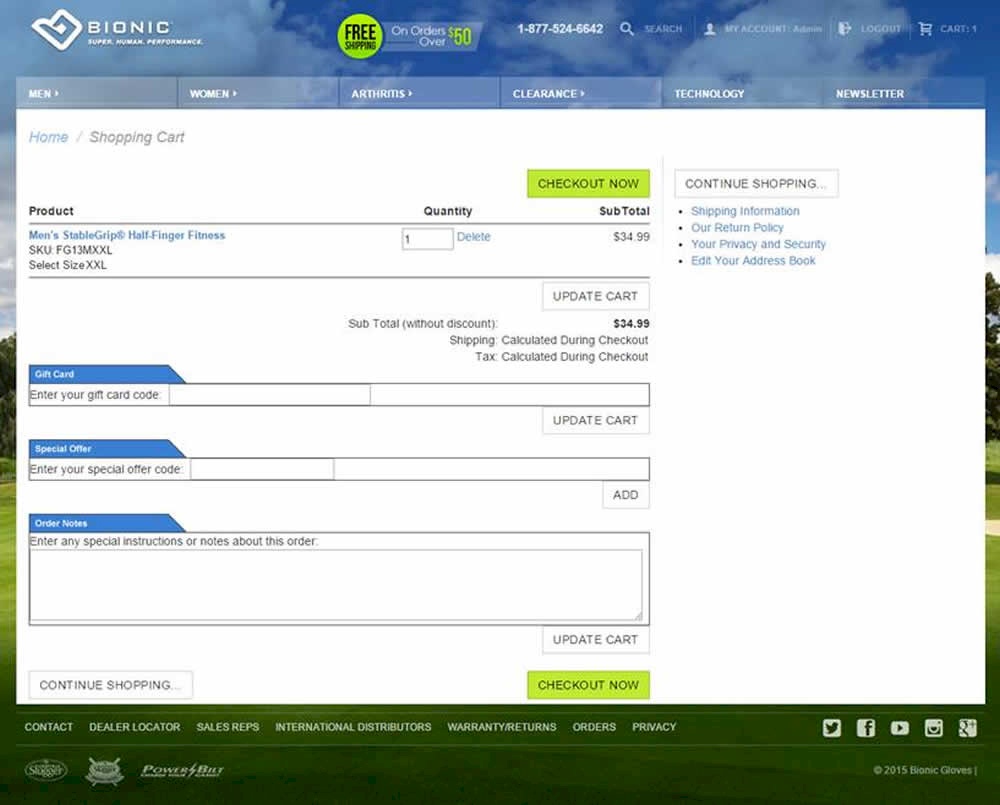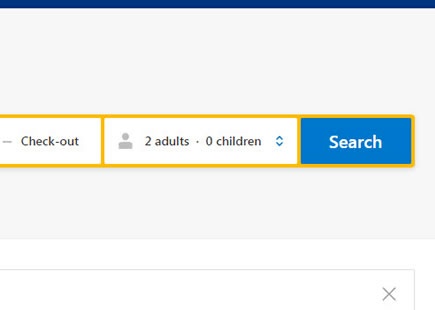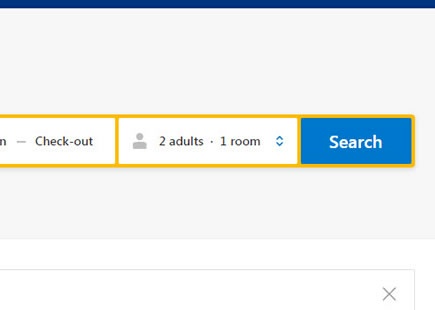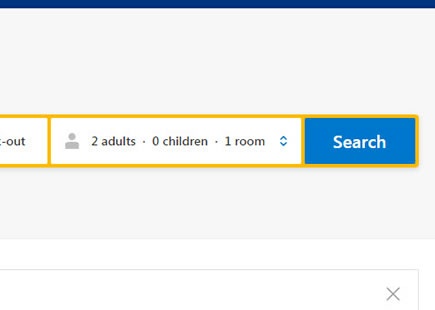Pattern #3: Fewer Form Fields
Pattern #3 Tested 13 timesFirst tested by  Herman Klein Recently tested by
Herman Klein Recently tested by  Alexander Krieger on May 12, 2023
Alexander Krieger on May 12, 2023
Based on 13 Tests, Members See How Likely Version B Wins Or Loses And By How Much
Measured by the sum of negative and positive tests.
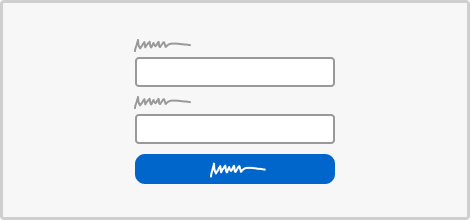
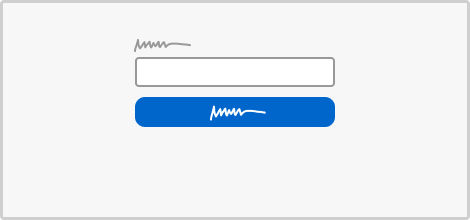
Expected Median Effects Of B
?
Progression
(6 tests)
?
Leads
(5 tests)
?
Signups
(1 tests)
-
Engagement
?
Sales
(4 tests)
?
Revenue
(1 tests)
-
Retention
-
Referrals
?
ANY PRIMARY
(13 tests)
Tested on
Leaks
Booking A/B Tested 3 Search Bars Challenging The Fewer Form Fields Pattern
I've been watching this Booking experiment closely ever since sharing a very similar concept some months ago. Their homepage was openly challenged with the UI hypothesis of exposing a "room quantity" field right in the search bar (instead of hiding it in a pulldown menu). And their team took the initiative to run a test. Based on the observed outcome and roll out decision it turns out that the UI concept was better than their control. View Leak
Booking Discovers That Two Search Bars Are Not Better Than One
In this experiment Booking added a second search bar on their homepage. The intention might have been to provide users a way to filter more destinations by country. Could this scenario have created an akward uncertainty about which form field to engage with? Whether this explanation is true or not, I'm not sure. What we do know however that in the end, the control version with the single search bar prevailed. View Leak
Netflix A/B Tests Displaying A Password Field Which Fails And Gets Rejected
It looks like Netflix has been iterating on showing additional fields upfront on their homepage. After they succeeded at displaying an email address upfront, this experiment now takes next step of showing a password field. The result of the leaked experiment however suggests a negative outcome as they reverted back to the control version - without the visible password. View Leak
For each pattern, we measure three key data points derived from related tests:
REPEATABILITY - this is a measure of how often a given pattern has generated a positive or negative effect. The higher this number, the more likely the pattern will continue to repeat.
SHALLOW MEDIAN - this is a median effect measured with low intent actions such as initiating the first step of a lengthier process
DEEP MEDIAN - this is derived from the highest intent metrics that we have for a given test such as fully completed signups or sales.
